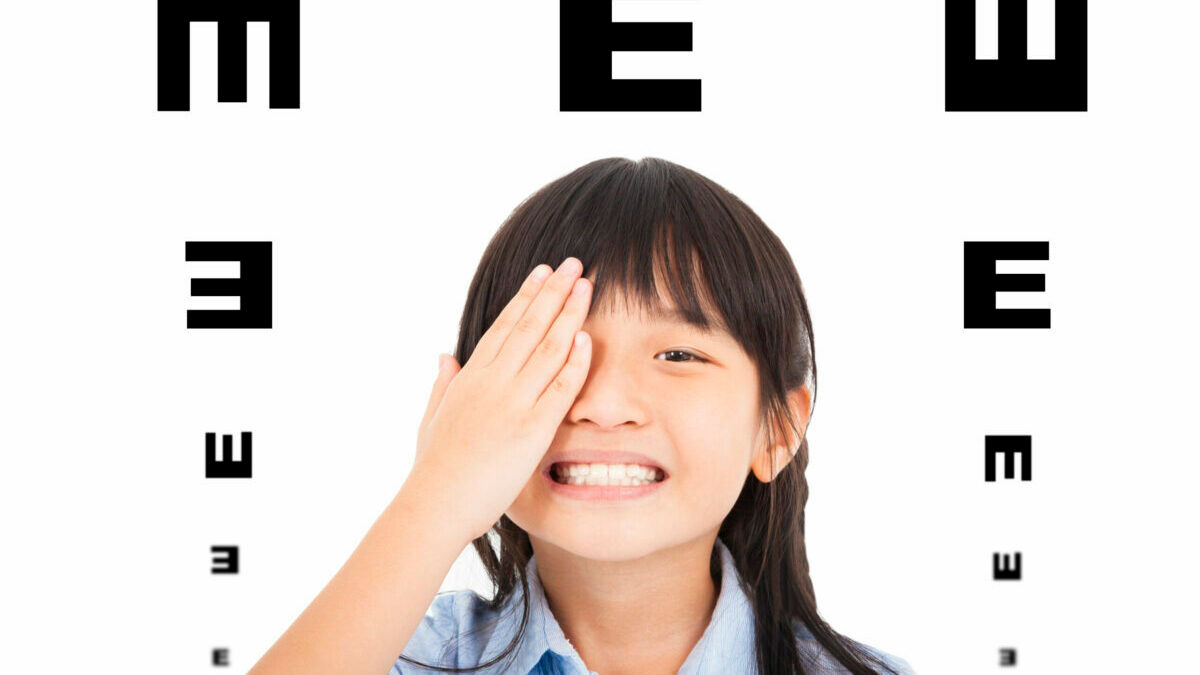Science
Blur adaptation in children wearing orthokeratology

In this article:
Paper title: Blur Detection Sensitivity Increases in Children Using Orthokeratology
Authors: Jingjing Xu (1.2), Chunwen Tao (1), Xinjie Mao (1,2), Xin Lu (1), Jinhua Bao (1,2), Bjӧrn Drobe (2,3), Hao Chen (1,2)
- School of Ophthalmology and Optometry, Affiliated Eye Hospital, State Key Laboratory of Ophthalmology, Optometry and Vision Science, Wenzhou Medical University, Wenzhou, China
- WEIRC, Wenzhou Medical University-Essilor International Research Centre, Wenzhou, China
- R&D AMERA, Essilor International, Singapore
Date: Mar 2021
Reference: Xu J, Tao C, Mao X, Lu X, Bao J, Drobe B, Chen H. Blur Detection Sensitivity Increases in Children Using Orthokeratology. Front Neurosci. 2021 Mar 12; 15:630844. [Link to open access paper]
Summary
This study investigated changes in the blur detection threshold, aberrations and accommodative response of 32 children aged between 8 and 14yrs old in China, before and after being fit with orthokeratology lenses. Baseline myopia ranged from -1.00D to -6.00D.
The blur detection threshold was measured by showing the children a series of 3 images (tumbling Es, Street View and 'Lena' images) which varied in spherical defocus and asking them to state if they perceived them as blurred or not blurred. Accommodative lag was calculated after measuring accommodative responses with an auto-refractor and higher order aberrations were measured using a wavefront analyser. Any correlation between each of these was also examined.
Before Ortho-K wear, associations were seen between higher order aberrations and the blur detection threshold for Lena images and for accommodative lag and the blur detection threshold for tumbling Es.
After 1 month of Ortho-K wear, the children showed:
- 0.00 logMAR corrected acuity (6/6 or 20/20 equivalent) and 0.04 logMAR habitual acuity, which is two letters less than 6/6 or 20/20
- Increased degrees of higher order aberrations
- An improvement in the blur detection sensitivity for tumbling Es and Lena images
- Some decrease in accommodative lag (from 0.40D to 0.26D)
- No significant relationship between blur detection thresholds, accommodative lag or aberrations.
Blur detection thresholds were affected by higher order aberrations before wearing Ortho-K lenses but not after, presumably due to the altered corneal shape. The increased aberrations caused a slight worsening in the children's visual acuities and may lead to blur adaptation, improved blur sensitivity and accommodative lags. Being able to detect blur more easily may be negating any acuity reducing effect of the increased aberrations.
What does this mean for my practice?
Patients who are new to Ortho-K lenses may not notice they are experiencing vision levels slightly lower than their spectacle-corrected vision. However, the centration of Ortho-K lenses is important in reducing the chance of inducing further aberrations from a displaced optic zone where this would degrade the image
What do we still need to learn?
The relationship between visual quality and blur sensitivity, and the role of blur adaptation in orthokeratology's myopia control efficacy, could be explained with further research.
Abstract
Title: Blur Detection Sensitivity Increases in Children Using Orthokeratology
Authors: Jingjing Xu, Chunwen Tao, Xinjie Mao, Xin Lu, Jinhua Bao, Bjӧrn Drobe, Hao Chen
Purpose: To investigate changes in blur detection sensitivity in children using orthokeratology (Ortho-K) and explore the relationships between blur detection thresholds (BDTs) and aberrations and accommodative function.
Methods: Thirty-two children aged 8-14 years old who underwent Ortho-K treatment participated in and completed this study. Their BDTs, aberrations, and accommodative responses (ARs) were measured before and after a month of Ortho-K treatment. A two forced-choice double-staircase procedure with varying extents of blur in three images (Tumbling Es, Lena, and Street View) was used to measure the BDTs. The participants were required to judge whether the images looked blurry. The BDT of each of the images (BDT_Es, BDT_Lena, and BDT_Street) was the average value of the last three reversals. The accommodative lag was quantified by the difference between the AR and the accommodative demand (AD). Changes in the BDTs, aberrations, and accommodative lags and their relationships were analyzed.
Results: After a month of wearing Ortho-K lenses, the children's BDT_Es and BDT_Lena values decreased, the aberrations increased significantly (for all, P ≤0.050), and the accommodative lag decreased to a certain extent [T(31) = 2.029, P = 0.051]. Before Ortho-K treatment, higher-order aberrations (HOAs) were related to BDT_Lena (r = 0.463, P = 0.008) and the accommodative lag was related to BDT_Es (r = -0.356, P = -0.046). After one month, no significant correlations were found between the BDTs and aberrations or accommodative lags, as well as between the variations of them (for all, P ≥ 0.069).
Conclusions: Ortho-K treatment increased the children's level of blur detection sensitivity, which may have contributed to their good visual acuity.
Meet the Authors:
About Ailsa Lane
Ailsa Lane is a contact lens optician based in Kent, England. She is currently completing her Advanced Diploma In Contact Lens Practice with Honours, which has ignited her interest and skills in understanding scientific research and finding its translations to clinical practice.
Read Ailsa's work in the SCIENCE domain of MyopiaProfile.com.
Enormous thanks to our visionary sponsors
Myopia Profile’s growth into a world leading platform has been made possible through the support of our visionary sponsors, who share our mission to improve children’s vision care worldwide. Click on their logos to learn about how these companies are innovating and developing resources with us to support you in managing your patients with myopia.












